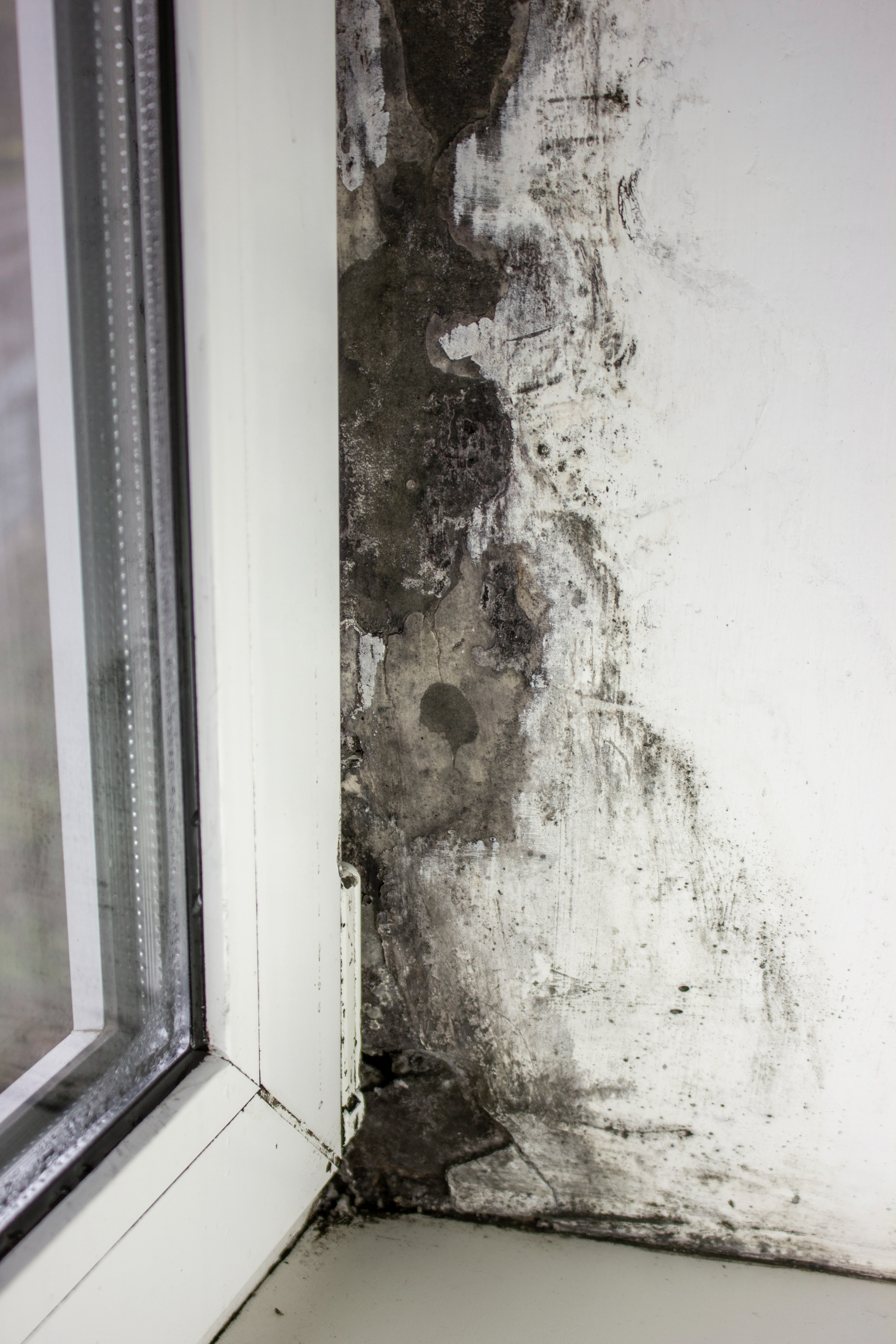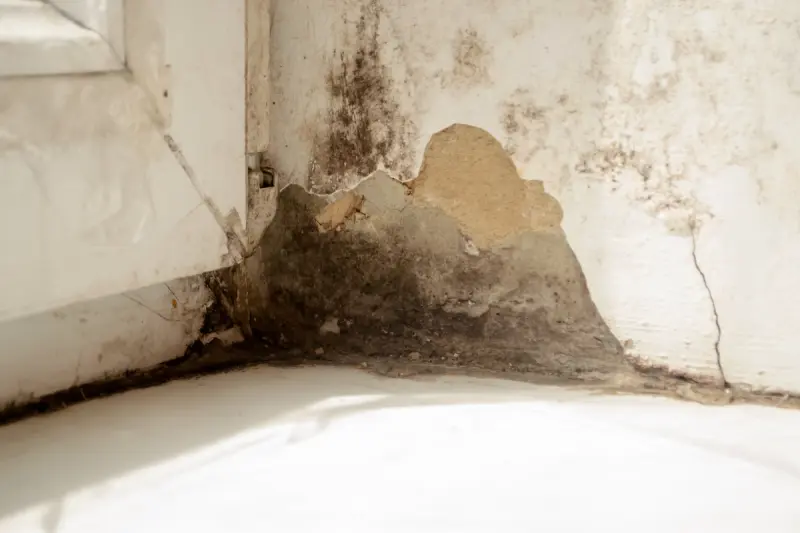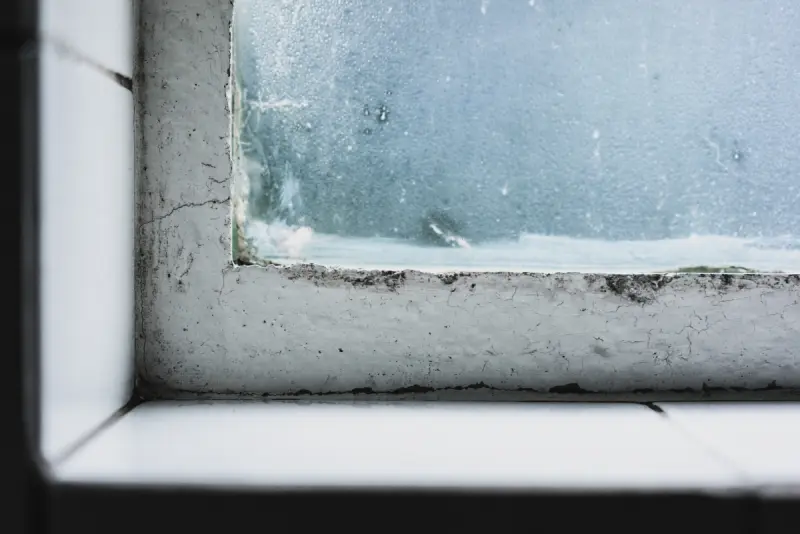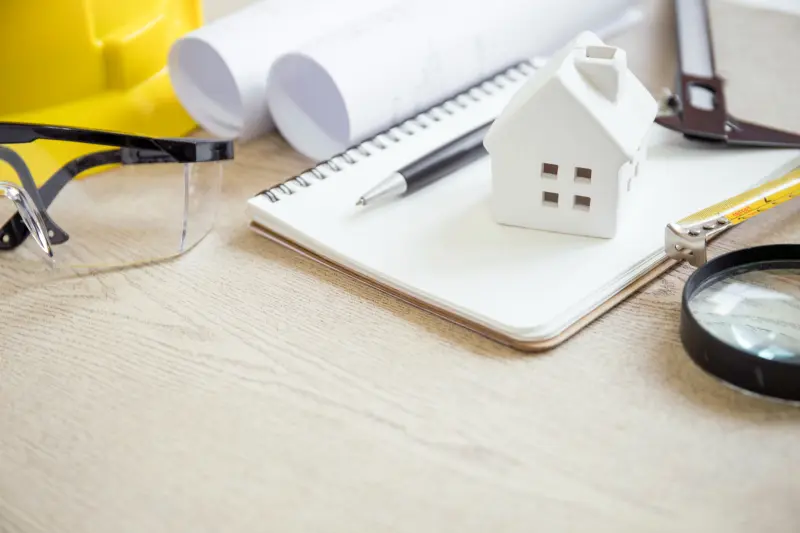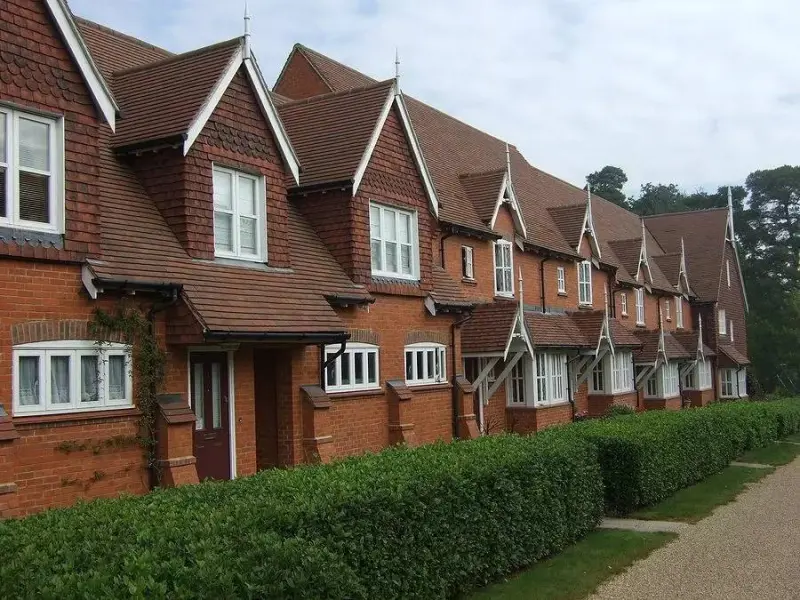This article explores tips and advice for preventing damp in commercial buildings. Dampness in commercial buildings can lead to structural and health challenges, making it crucial to address these issues proactively. This article explores the common causes of damp, the different types, and offers practical solutions.
What Causes Dampness in a Building?
Dampness inside a building is predominantly caused by the accumulation of excess moisture. The origin of this moisture can be either internal, such as condensation produced by daily activities like cooking and showering, or external, resulting from rainwater seeping in due to cracks and gaps in the building structure.
Issues further amplified by insufficient insulation and poor ventilation can speed up the dampening process. These common issues can be surprisingly rampant in commercial properties if not addressed in a timely and efficient manner. Additionally, faulty gutters, downpipes, or a defective damp-proof course can contribute to the issue by allowing water to penetrate the walls of the property.
Lastly, another major, yet often overlooked, source of dampness is rising damp. This occurs when ground water moves up through a wall or floor, a problem common in older buildings that lack a damp proof course or where it has been bridged or damaged.
TYPES OF DAMP
There exists predominantly three variations of damp issues, namely, condensation, rising damp, and penetrating damp, each of which can dramatically affect the health of a commercial property.
CONDenSATION
Condensation is arguably the most frequently encountered type of damp within buildings. It's predominantly caused by everyday activities, such as cooking or bathing, which release warm, humid air into the environment.
This type of damp occurs when this warm, moist air comes into contact with cooler surfaces, such as windows or walls, within a building. This contact cools the air and condenses the moisture present, leading to the formation of water droplets on these surfaces, manifesting as damp.
Rising damp
Another type of damp issue is rising damp, which is a natural phenomenon that happens when moisture present in the ground ascends, via capillary action, through the porous materials of a building's structure, such as the bricks in walls or the concrete in floors.
This type of damp is most often seen in older properties where there may be a lack of an adequate damp proof course, or where the existing one has become ineffective.
Penetrating damp
Penetrating damp is a type of dampness that comes about when water finds its way into a building through walls. This can be a result of a variety of factors including poor building maintenance, such as malfunctioning guttering or roofing, or measurement errors in the installation of doors and windows.
Moreover, if a building is located in an area that experiences heavy rainfalls, then it might be more susceptible to this form of damp, as it facilitates the entry of water into the building through any minor flaws in the structure. Therefore, regular maintenance is key to avoid the occurrence of penetrating damp. There exists predominantly three variations of damp issues, namely, condensation, rising damp, and penetrating damp, each of which can dramatically affect the health of a commercial property.
Ensure Adequate Ventilation
Dampness within commercial establishments poses a major challenge, mostly as a result of trapped moist air. For these infrastructures to maintain dryness, and thereby promote health and well-being, it's critical to implement an effective ventilation system.
This technique allows the moist air to exit and concurrently permits the influx of dry air, creating a conducive internal environment. Ventilation plays a central role in lessening the likelihood of condensation, one of the foremost contributors to dampness within commercial spaces.
The productive management of dampness can be heightened by fortifying your ventilation with the installation of extractor fans. These appliances are particularly beneficial in rooms that are known to generate high moisture content such as kitchens and bathrooms in commercial properties.
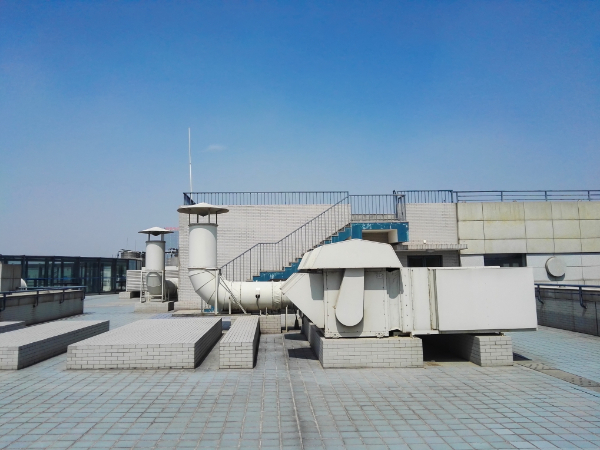
The importance of extractor fans in these prime areas cannot be overstated. Their application is instrumental in the rapid and targeted extraction of overly humid air, thereby considerably diminishing the possibility of dampness.
Therefore, incorporating them aids in maintaining a salubrious environment in commercial properties. Apart from clear ventilation, enhancing the layout of rooms can also stimulate suitable circulation of air, leading to an additional reduction in dampness. The arrangement of furniture within a space often impacts the airflow.
Furniture, when placed too near to walls, could unwittingly obstruct the flow of air. As such, it's essential to maintain a slight distance between the furniture and walls, enabling free circulation of air. Doing so not only facilitates efficient air circulation but also lessens dampness, thereby helping to mitigate the associated issues.
Get A Damp Survey
Preventing damp issues in commercial establishments is of utmost importance, given the potential structural and health hazards it presents. An incredibly effective method to pre-empt any damp problems is by commissioning a professional damp survey. Conducted by specialist surveyors, a damp survey seeks to precisely identify the particular type of damp affecting the building.
Not only that, it can help ascertain the source of the damp, providing critical information on whether it's arising due to internal factors like faulty plumbing, or external elements such as poor drainage or exposure to weather. In addition, the damp survey comprehensively assesses the overall extent of the problem. By mapping the damp areas, surveyors can give a clear picture on the reach and spread of the issue. This gives commercial property owners a definite understanding of the severity of the problem, thereby informing the next steps for resolution.
What's more, these professional surveyors don't just stop at identifying the problem. They provide much-needed advice on the necessary remediation and preventive measures that ought to be put in place. Offering a complete, long-term solution, they can help address the damp issue at the root, ensuring that it does not recur in the future.
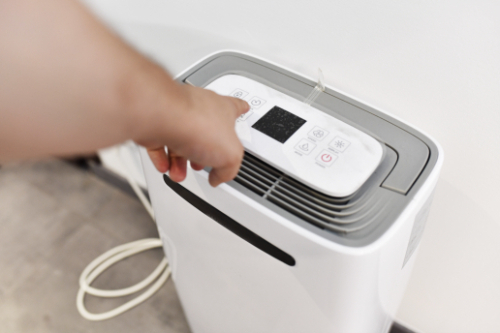
Use A Dehumidifier
In many commercial properties, there are often pockets of the building that are unnaturally humid or poorly ventilated. These areas can significantly benefit from using a dehumidifier. This helpful device is designed to remove excessive moisture from the air, thereby cutting down the overall humidity levels. This creates an environment less conducive to damp growth, offering considerable advantages for commercial property owners who invest in superior dehumidifiers.
These devices are crucial in preserving the optimal environment within your commercial property. Their usefulness surpasses simply preventing damp and ensuing complications. They also play a key role in enhancing the overall quality of the indoor air that circulates within your property. These factors are frequently neglected and are yet essential in guaranteeing safety and comfort in commercial settings.
Excessive humidity can foster a damp atmosphere, which might lead to long-term health problems. Thus, it becomes pivotal to employ tools like dehumidifiers to uphold top-notch indoor air quality, safeguarding the health of everyone working within commercial buildings. Aside from health considerations, dehumidifiers can also protect the structural integrity of the property.
By preventing excessive dampness, these devices reduce the risk of building decay. This can potentially contribute to substantial savings on repair costs in the long run. Additionally, a well-maintained environment can boost employees' morale and productivity levels, paving the way for a healthier and happier workspace.
Furthermore, modern dehumidifiers are energy-efficient and environmentally friendly, aligning with sustainable business practices. They are relatively easy to operate and maintain, with most models equipped with automatic sensors that adjust according to the surrounding humidity levels.
All in all, the incorporation of a dehumidifier within commercial properties can greatly enhance the overall working environment while fostering better health and productivity amongst occupants. As a result, it becomes a worthy investment in the long run.
At Above Water Damp Proofing Ltd we are trained professionals when it comes to damp proofing services throughout Windsor, Slough, Berkshire & Surrey. We understand that damp removal and damp-proofing your property can be costly - which is why we provide a range of damp-proofing services at a fair price.

